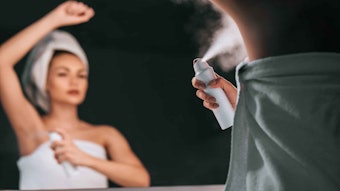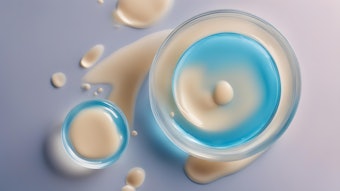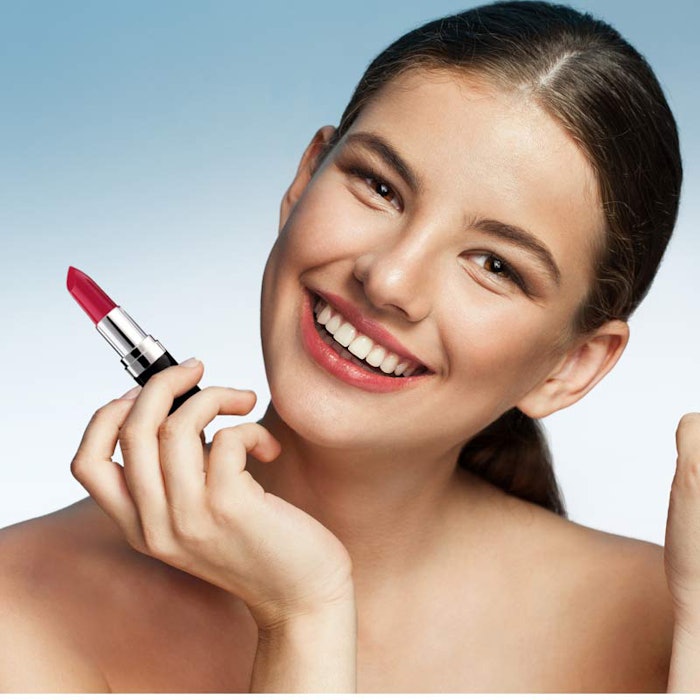
Adolescent girls who use personal care products that are labeled to be “free of” phthalates, parabens, triclosan, and benzophenone-3 (BP-3), can reduce personal exposure to possible endocrine disrupting chemicals, a recent study has found. Although experts who are skeptical about the study have noted that toxicological risk is dose dependent.
‘Free-Of' for Three Days
According to “Reducing Phthalate, Paraben, and Phenol Exposure from Personal Care Products in Adolescent Girls: Findings from the HERMOSA Intervention Study” published in the journal Environmental Health Perspectives, a team of researchers enrolled 100 Latina girls in the youth-led, community-based participatory research intervention trial. The study’s aim was to determine whether using personal care products whose labels stated they did not contain these chemicals for three days could lower urinary concentrations.
Pre- and post-intervention urine samples were analyzed for phthalate metabolites, parabens, triclosan and BP-3 using high-performance liquid chromatography/tandem mass spectrometry.
Disrupting Endocrine Disruptors
- The study found that urinary concentrations of mono-diethyl phthalate, commonly used in fragrances, decreased 27.4% percent by the end of the trial period of using “free-of” personal care products.
- No significant changes were seen in urinary concentrations of mono-n-butyl phthalate (MnBP) and mono-isobutyl phthalate (MiBP).
- Concentrations of methyl and propyl parabens decreased by 43.9% and 45.4%, respectively.
- Unexpectedly, paraben concentrations of ethyl and butyl paraben in particular increased, although concentrations were low overall and not detected in almost half the samples, the study found. Those small levels could have been caused by accidental contamination or a substitution not listed on the labels, according to the study’s authors.
- Urinary concentrations of triclosan, commonly used in anti-bacterial formulations, decreased by 35.7% and the concentration of BP-3, the chemical found in some sunscreens, fell by 36%.
Reducing Chemical Exposure
“This study demonstrates that techniques available to consumers, such as choosing personal care products that are labeled to be free of phthalates, parabens, triclosan, and BP-3, can reduce personal exposure to possible endocrine disrupting chemicals. Involving youth in the design and implementation of the study was key to recruitment, retention, compliance, and acceptability of the intervention,” the study’s authors noted.
The study’s lead author Kim Harley, associate director of the UC Berkeley Center for Environmental Research and Children’s Health, said in a UC Berkeley report: “Because women are the primary consumers of many personal care products, they may be disproportionately exposed to these chemicals." She added: “Teen girls may be at particular risk since it’s a time of rapid reproductive development, and research has suggested that they use more personal care products per day than the average adult woman."
PCPC Toxicologist Disagrees: It Doesn't Translate to Harm
Following this report, Linda Loretz, PhD, chief toxicologist at the Personal Care Products Council, said the levels reported for these ingredients have not been shown to cause negative health effects, and the mere presence of a substance does not translate to harm.
“Consumers are often confused by scary sounding claims about chemical risks that may sound science-based, but do not reveal anything about actual risk levels," Loretz said. "For example, the presence of trace levels of synthetic chemicals found in the human body does not mean there’s any danger to health. The substances that were included in the study are quickly excreted from the body, which is why they show up in urine; they do not bioaccumulate."
'Free-Of' Formulas for the Future
Amid a growing amount of legislation and consumer activism surrounding chemical ingredients used in beauty and personal care products, companies have been tasked with creating more “free-of” beauty products. However, formulators have noted that preservation is usually the number one technical issue associated with creating natural and organic cosmetics. In the meantime, formulators face having to examine the myths vs. the reality of the safety of these ingredients in various dosages. Read more in C&T.


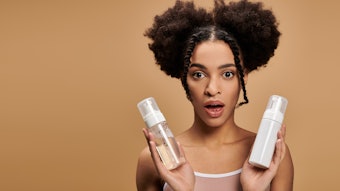

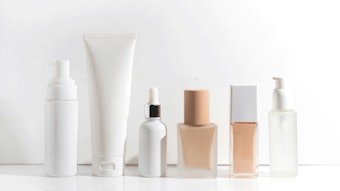

!['[Sunscreen] developers will be able to innovate more efficiently while maintaining high standards of quality and safety for consumers.'](https://img.cosmeticsandtoiletries.com/files/base/allured/all/image/2024/06/woman_outside_using_sunscreen_on_face_ISO_test_standards_AdobeStock_783608310.66678a92029d9.png?auto=format%2Ccompress&fit=crop&h=191&q=70&rect=62%2C0%2C2135%2C1200&w=340)

